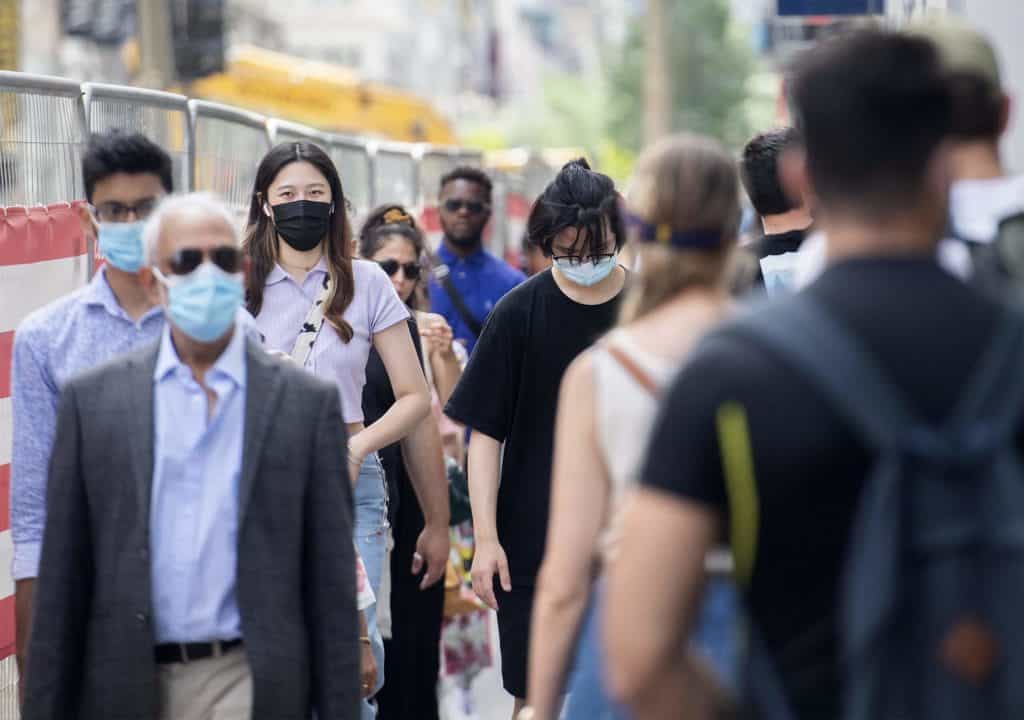The Government’s Pandemic Assistance Has Come To An End
Nikki Attkisson | Last Updated : September 9, 2021The summer has come to an end, and with it, the optimism that a restoration to pre-pandemic “normal” is just around the corner. Returning to school for thousands of children has been delayed, and returning to work for millions of workers has been postponed as the fall brings new concerns about more resistant coronavirus mutations as well as how to balance the emerging need coronavirus vaccine boosters with the still-vast need to get more people to take their initial doses of the vaccine.
The Government’s Pandemic Assistance Has Come To An End
And for millions of people, things have just become a whole lot more difficult. The unprecedented 18-month run of beefed-up unemployment benefits has come to an end throughout the country, just days after the Supreme Court denied President Joe Biden’s attempt to prolong the national ban on evictions, putting tenants at danger unless Congress takes action immediately.

Even though Democrats are pushing forth with longer-term agenda items which would remake the economy to best help low-income workers, Americans will be forced to accept this new pandemic normal. In contrast, the stilts that the government constructed to keep Americans afloat during this pandemic come crashing down.
Extra unemployment benefits have come to an end. Lawmakers are not discussing the possibility of extending them, and no states have taken advantage of Biden’s offer to utilize federal disaster relief money. There are now more than 8 million individuals who are not receiving any unemployment benefits at all.
Another 2.7 million people did not get the $300 federal weekly supplement, but they will continue to receive state payments. As of June or July, about 2.7 million Americans have already been cut off from part or all of their benefits as a result of a decision by two dozen states to end at least one of the programs early.
In the United States, there are ten million job vacancies. According to Luhby, cutting off the unemployment faucet may not result in a significant increase in new jobs. Many individuals are concentrating on parenting their children. Others are concerned about becoming ill or transmitting the illness to others. Nurses should be sought. Nursing is one industry that is struggling to recruit staff, as overburdened hospitals seek higher pay and incentives to attract new employees.
School funding is needed. One area where money is still available is in special Covid-19 financing for schools, which has not yet gone out. Congress approved $190 billion for US schools. However, many billions of dollars have not been spent as of this writing.
There were monies available that were equal to six years’ worth of financing, and schools will have many years to spend it all. Twenty percent must be spent on remediating learning loss, but schools have a great deal of discretion over the other 80 percent, says Katie Lobosco.
Among other things, the Detroit public school system intends to utilize Covid relief money to pay teachers with a one-time incentive, offer to tutor, increase mental health services, enhance facilities, and decrease the class size by employing additional instructors.
With over 15 years as a practicing journalist, Nikki Attkisson found herself at Powdersville Post now after working at several other publications. She is an award-winning journalist with an entrepreneurial spirit and worked as a journalist covering technology, innovation, environmental issues, politics, health etc. Nikki Attkisson has also worked on product development, content strategy, and editorial management for numerous media companies. She began her career at local news stations and worked as a reporter in national newspapers.